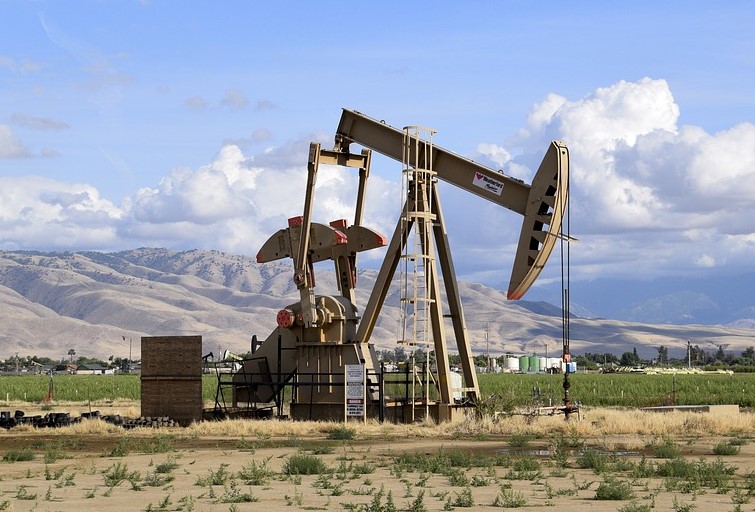by Shelley Welton, Fellow
Although President Obama’s climate change speech on Tuesday, June 25 was relatively vague about the details of how carbon emissions from existing power plants would be regulated, the memorandum he issued to the EPA on that same day provides a few more interesting details.
As the memorandum notes, EPA already issued proposed standards to regulate carbon emissions from new power plants over a year ago, but has yet to finalize these and has indicated that it plans to release a new proposal. Obama’s memo directs the EPA to issue this proposal by September 20, 2013, and to finalize the rule “in a timely fashion.”
Once EPA regulates new plants for a particular pollutant, the Clean Air Act requires that it also address pollution from existing plants, although it can do so in a different manner than new sources (the specifics of these requirements are located in Section 111(d)). There has been much speculation about what form the regulation of existing plants might take, and just when it might finally happen. Obama provides some answers in his memo. First, he instructs EPA to issue proposed “carbon pollution standards, regulations, or guidelines” for existing plants by no later than June 1, 2014, and directs the agency to finalize its rules by June 1, 2015. States will have to come up with plans to implement the rules by June 2016. Second, he emphasizes that the administration favors the use of, “to the greatest extent possible,” market-based and other flexibility mechanisms that will allow for cost-effective carbon reduction strategies and state-specific tailoring. This may hearten many of the early-mover states, such as the northeastern participants in the Regional Greenhouse Gas Initiative, who are hoping their early efforts at regulating power plants are able to synchronize with whatever form the federal requirements ultimately take.
It’s not a concrete proposal yet, and as everyone acknowledges, it’s a poor substitute for comprehensive Congressional action. Nevertheless, it’s exciting to see deadlines and a presidential vision for regulating power plants’ carbon emissions out on the table, especially seven months after an election season where the problem of climate change was unmentionable.



